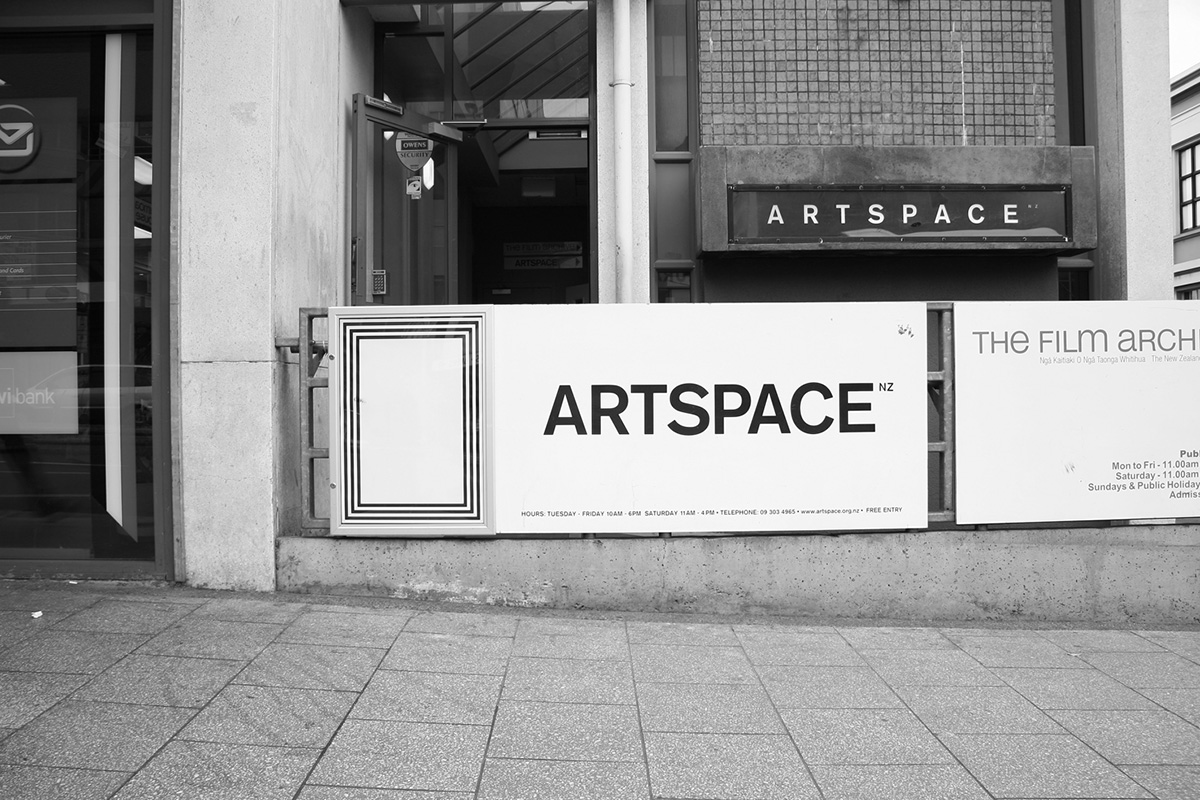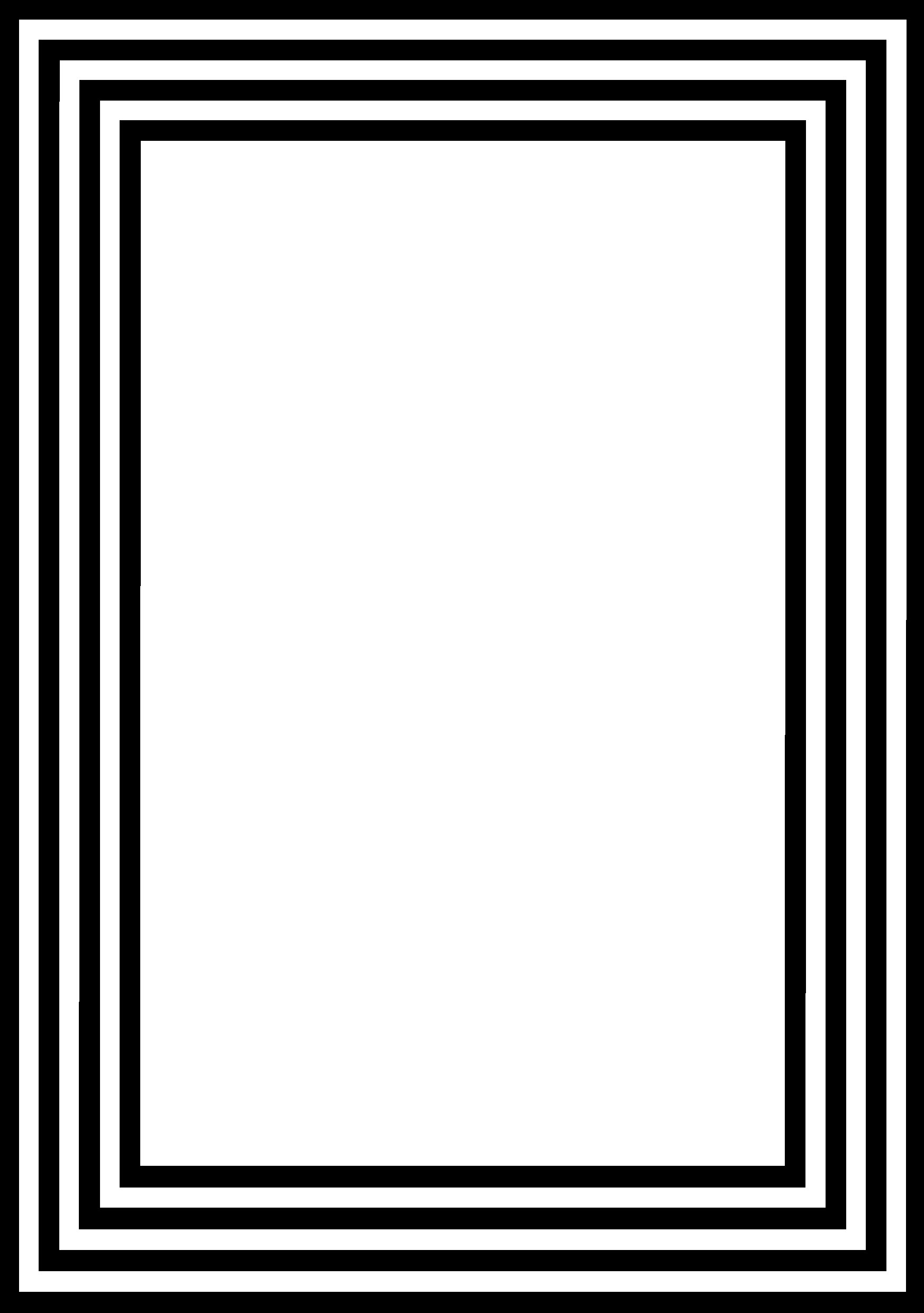Tween – Kelvin Soh, Sarah Hopkinson

Initiated in early 2008 by Auckland designer/artist Kelvin Soh and hosted by Artspace, Auckland, Tween is an on-going intervention in the form of a poster contextualised in the slippage of time between scheduled exhibitions, a kind of dead time' when the gallery is closed for the dismantling of one show and the preparation for the next. Referred to as an inhibition poster' (as opposed to 'exhibition poster'), it is displayed in the poster box outside Artspace (a space usually reserved for posters corresponding to current shows) and acts as a kind of 'placeholder' or 'intermission' while the space is in transition. The following are notes from an ongoing conversation about Tween.
Notes:
1. Artspace is one of the few institutions in Auckland that use the poster medium as a means of promotion. It has a dual function—to publicise the event before and as it is happening and to act as archival document—as a memory trigger for future revision.
2. In 2007, The National Grid organised the launch of their third issue at Artspace. For this occasion, they designed and printed posters announcing this event. A couple of months later I checked the Artspace archive to see if they'd written something about it, but I didn't realise that the event was not part of the official program and accordingly was not represented in the archive. I started to wonder what else I'd missed because it wasn't archived. I started thinking about formality and informality, planning and spontaneity, and other dichotomies. I'm not sure how many posters The National Grid did. I didn't really see it around town or anything. They gave me one though.
3. There is a scene in Michael Winterbottom's film, 24 Hour Party People, where a young Peter Saville is shown arriving with a gig poster which is presented to Wilson as the door opens for the event. The poster is therefore useless for advertising, a situation to which Wilson responds, “It's absolutely bloody fantastic, but it is also useless… Nothing useless is truly beautiful…” A similar situation occurs later in the film when some 'advance' tickets again arrive far too late to be put to any use. This time however, the more experienced Saville character attempts to offer some consolation, “I'm sorry they're a bit late … thought we could use them as a souvenir or something?”
4. Maybe we only really notice design when it ceases to 'work'—when things designed to communicate no longer function in accordance to their intended purpose. Perhaps because design participates in the machinations of life at a 1:1 scale. But when function finally surrenders, does it take the value of the whole object with it?
5. Television is often seen to typify a contemporary experience—disjointed, interrupted, distracting, a little tedious, punctuated by advertising. When we watch television, we intuitively disregard adverts as being irrelevant to the narrative of the film/programme we're watching. Bruce Willis gets shot and then a beautiful woman entices me to drink Tui Beer. I'd like to be able to watch a film on TV and treat the ad breaks like crucial plot developments and see what happens. But we are too good at screening out, differentiating between the communicative registers and censoring information that is not immediately useful.
6. Carl Andre said (words to the effect of): if a floor sculpture is seen as an art object, people will walk around it, but if it looks like part of the floor, people will walk over it.
7. The Tween posters feature abstract patterns—lines, circles—on white ground. Relieved of the burden of representation, the Tweens ursurp the functionality of the display unit to celebrate uselessness—creating a small rupture, a moment of respite for the viewer/reader amongst an endless barrage of streetside distractions.
8. They are possibly the laziest posters ever made, bearing the least cumbersome of communicative duties—to communicate absence for a limited time. That's very few calories.

